An earlier draft of this was called “I’m Neither a Survivalist or a Creative Writing Professor,” and that still applies. Like with anything else, I’ll ask you to defer to experts for expert opinions while sharing my own personal experiences within nature and writing. I will tell you that I have been visiting drive-in campgrounds and cabins on extended overnight and day trips around Ontario since before I can remember at least once each summer. This includes, but isn’t limited to Algonquin Park; The Dunes and The Pinery in Grand Bend; Wheatley, Rondeau, Otter River Farms near Port Burwell; and Sauble Falls in Tobermory. I’ve taken a total of three overnight backpacking trips (as of 2020) all between 18-40 km over 2-3 days in 2015, 2016, and 2019 with just my mom, with my entire family and paternal grandmother, and just my sister respectively. I’ve already detailed my supposed writing accolades elsewhere, but I’d like to also note that being an avid bookworm, I have read a lot of poetry as well as survivalist/camping/hiking etc. books, so a chunk of my knowledge is theoretical rather than practical.
Upon entering the Algonquin Art Centre Bookstore while I was writing nearly exclusively about the provincial park in 2015 and not seeing any resources for writers was one of the things that spurred me on to attempt to write my own resource (the results of which will slowly make their way onto this blog). I should note that the Friends of Algonquin Park print educational resources on Algonquin Park flora, fauna, camping, history, and biographies of important figures, many of which were instrumental in me writing my own nature poetry. Even with this lack of resources, since the death of Tom Thompson within the park borders over 100 years ago, artists of all ilk are continuously drawn to Algonquin Park if the resident art gallery and various other shops surrounding the park are any indication. The writer’s tools are a little more low maintenance compared to oil paints and camera lenses, and certainly a writer doesn’t even need to be “on-scene” like a painter or photographer needs to be, but there are certain positives in being a writer in the moment. This essay is about preparing yourself for writing on-scene. Writers and readers can travel the world through their words, but there’s nothing quite like sitting on a rocky island shore in the middle of a lake for three hours with no one pestering you but the white of a blank notebook page, breathing in the fresh air. Taking into consideration your health and safety first and foremost and having the right tools and mindset can make what I call “sight-writing” an enjoyable experience.
At the risk of this sounding like a non sequitur, does anyone remember Christopher McCandless? A short article in Outside blossomed into a full-blown biography, Into the Wild, by Jon Krakauer and later into a movie. To make a long story short, McCandless might as well have vanished off the face of the earth to his family to tramp around the United States, and regardless of all the help and advice offered his way, he ignores all of it to go spend the spring of 1992 in the Alaskan backcountry, where he passes from starvation. After both reading Into the Wild and watching the movie adaption, I would go on long-winded rants to my friends about how avoidable McCandless’ situation had been, much to their begrudging amusement. Regardless if you look on McCandless’ actions with a stinting respect or passionate disdain, lessons can be gleamed from this tragedy.
Whether you are going to the city park for a few hours or hiking into the Algonquin backcountry, it’s better to be over-prepared than underprepared. A philosophy of travelling light or “living simply” won’t help you if you’ve burned more calories from a day of hiking than food you’ve brought and then have to spend another day walking. Whenever I leave the house for an outdoor writing excursion, even if it’s just to the local park a few blocks away, I at minimum have a water bottle and an easy-to-eat-while-writing snack such as trail mix, fruit salad, or a smoothie along with my writing utensils and a cell phone with the data and Wi-Fi turned off.
Of course, you have to prepare to fit your situation. If you’re going into the backcountry, especially if you’re going solo, tell someone where you are going, and when you expect to be back. The rugged landscape of the Canadian Shield wilderness, or any remote backcountry for that matter, is not to be trifled with. Understanding your limited human abilities and being humble within nature will keep you alive more than cockiness or brute strength. As the title of this section says, I’m not a survivalist. I’m not the person to come to if you want to learn how to MacGyver a water filter, but leaving your common sense back in the city is definitely a death wish. Also, speaking from personal experience, even if it’s an overcast day, wear sunscreen unless you want to feel and look like the inside of a toasted tomato and leftover turkey sandwich.
As far as recommending the best camping gear to bring, I will say that most of my camping equipment has been borrowed, given as Christmas/birthday gifts, or bought at my local Mountain Warehouse. The people on staff at camping stores like Mountain Warehouse or experienced campers/hikers in your family and friends’ circle are some of the most valuable resources you have, so don’t be afraid to ask any of them questions before making a purchase. Paradoxically I find you will likely have to spend a not insignificant sum on camping equipment the more you get into it despite camping being about living simply or away from your day-to-day life. Otherwise the internet is truly your best friend in helping research equipment before buying more expensive items or finding ways to try to lower your pack weight. On YouTube there are a lot of camping/hiking channels that I used for my first backpacking trip without my parents. My primary source that helped me figure out the best things to bring was a comprehensive backpacking checklist on the REI website. I’ll list a few other resources below.
In some ways preparing yourself for a trip in The Great Outdoors feels like a math equation; you have to prepare for every eventuality while trying to keep your pack-weight and impact on your surrounding environment to a minimum. Consider how far and long you’ll be gone and take along the necessary amount of food, water, and equipment. As important as it is to look out for yourself on these practical and essential levels, being uncomfortable could also lead to an unproductive writing session. On those local park trips, I bring a blanket to sit on. On those backcountry trips, I put up with the extra weight that extra pairs of underwear, toilet paper, and a bottle of wine would bring because as important as it is to actually survive the trip, ideally, you enjoy it as well.
A Few General Tips for Backpacking
Know…
The law and lay of the land
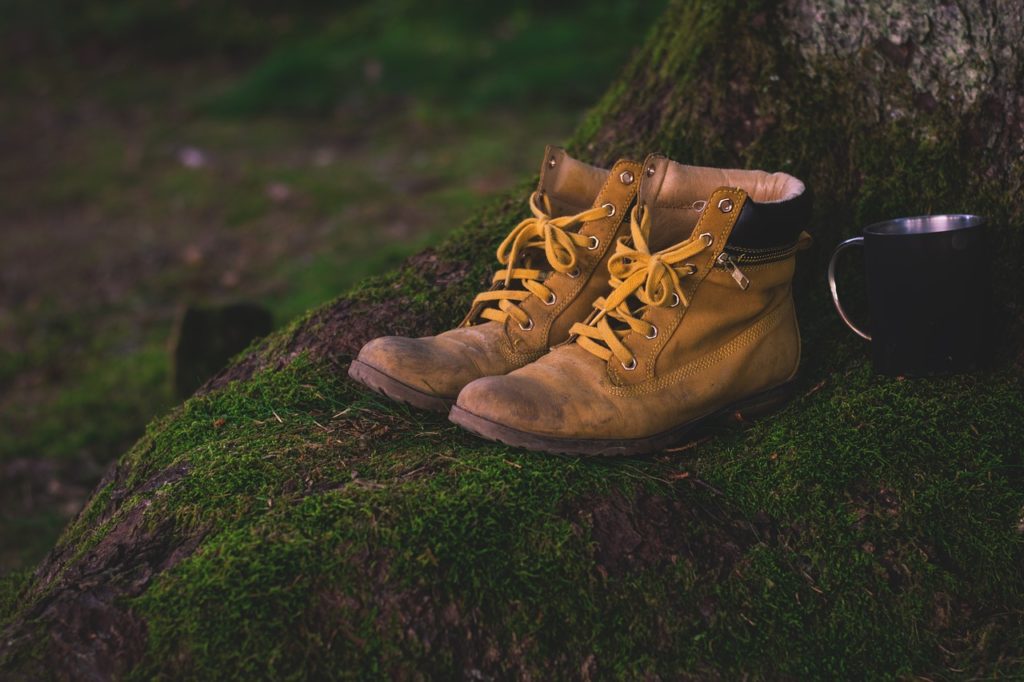
Not every park you go to is going to have an annual newspaper that acts like an information guide like Algonquin Park does. Upon arriving and picking up the necessary permits, I almost always pick one of those newspapers up and keep it like the pack rat I am. This newspaper lists activities available to do by season, amenities available by campground, and places of interest, but at the back of the newspaper, you’ll find an entire page dedicated to the rules and regulations of the park, and the fines that come along with it. This can include offences that may seem obvious, such as injuring the flora and fauna (ranging from $125 – $150 in fines) to ones you might not think about, like consuming alcohol while walking between your and a friend’s campsite ($100). Of course, this list of rules and regulations can be found on the Ontario Parks website, so if you’re visiting a government run park, there really is no excuse for doing your research as to what is and isn’t allowed.
Frequently when I watch backpacking/camping YouTubers or read the comment sections on how-to videos, people talk about what is legal were and when and “debate” what is “better.” Sometimes people ask if firearms or bear spray are allowed in parks or along long distance trails, and it really depends on where you are. Firearms are prohibited in Algonquin Park, while as far as I can tell, Bear spray is allowed. The rules tend to be a little more loosie-goosie in privately-owned parks. Before you enter the great outside, the internet is your friend for researching what you can and cannot do without consequence within parks. It is important to do your due diligence by locating a park’s website or calling directly if needed. Like everything else when it comes to camping, most of it boils down to common sense. If you can’t fish without a license anywhere else, why would you think you would get away with it on a nature reserve of all places?
Turning back to that Algonquin Park newspaper, it has another useful table on page 21. It lists all the drive-in campgrounds and: their distance from the west gate (the gate where a large chunk of campers will enter the park through); the number of sites in the campground; whether those sites are accessible, if they’re radio/dog free sites or electrical sites; whether they have flush toilets, laundry, showers, or a beach; if power boats are allowed; the distance of the campground from the highway; if they have a nearby store; and what the operating dates of each campground are. Now not every place is going to give you that wealth of knowledge before you visit for the first time, and it can feel like a leap of faith with trying out something new. If you find that the park’s site itself does not offer much information, Yelp and other reviewing sites can be helpful. I also find that Google street-view or even satellite view can be even more helpful to at least give you a look at what kind of space you’ll find yourself in.
The land’s flora and fauna
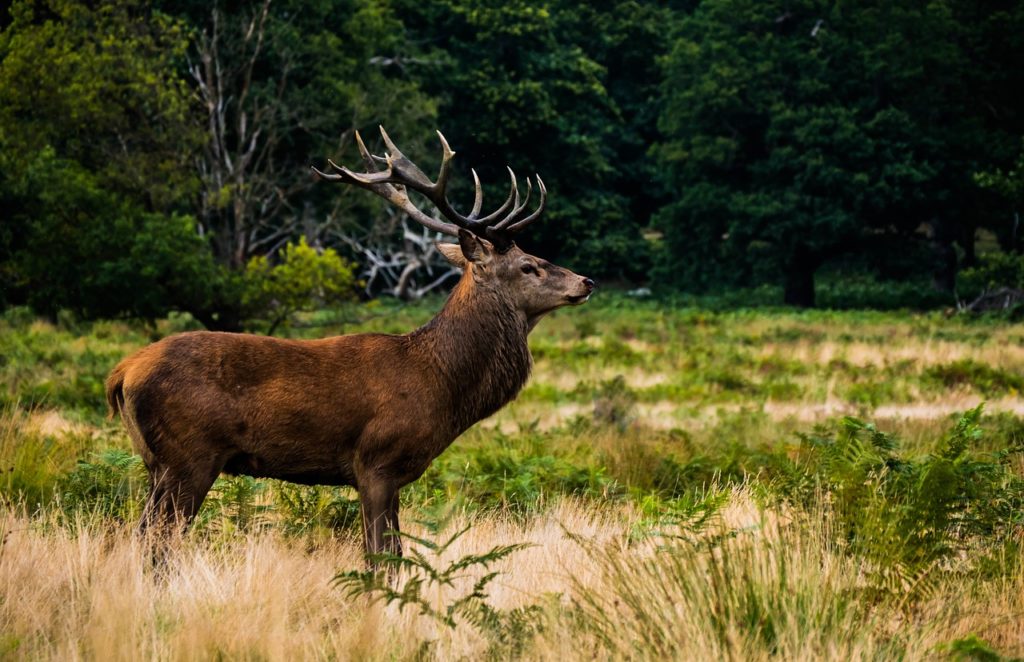
Let’s talk about poison ivy for a second, because although one might initially think, bears, wolves, moose, and even racoons are a bigger threat to your safety, in my experience it’s poison ivy you’re more likely to run into, and it can easily make a fun vacation turn into a miserable time. Honestly, you’re most likely to have the safe time just staying on the goddang trail, but that’s not always as option if the trail or park overall is poorly maintained. The rule I was always taught was to look for three leaves that branch off from a single stem, but I grew up in a family that routinely camps and my Dad still somehow manages to get a bad rash going one out of three times we visit. This just goes to show that even some of the most seasoned campers need to be hyper vigilant.
Just like with learning the law and lay of the land, if you find yourself heading to a government-run park, there’s likely a wealth of information on how to identify threats, and how best to deal with them. Having been raised camping in mainly southwestern Ontario and Algonquin Park, usually black bears were the largest animal you’re likely to come in contact with (yes, yes I know that moose are much bigger but they don’t make a habit of sniffing around your coolers and you’ll mostly see them while driving down the highway in the safety of your vehicle). There are a few general tips with dealing with black bears: keep food out of reach and not in the place you sleep, and face the bear and make yourself as big and large as possible before you can slowly back away and retreat to the safety of a building or vehicle. While tying up food high in a tree is a common practice amongst many backcountry backpackers, the tactic of “looking big” will not help you against a grizzly or polar bear. Each species of animals is beautiful and unique and you should treat them as such. Just like when you’re getting ready to gather up food and equipment for a trip, make sure to research the locales to prepare for all eventualities.
Yourself
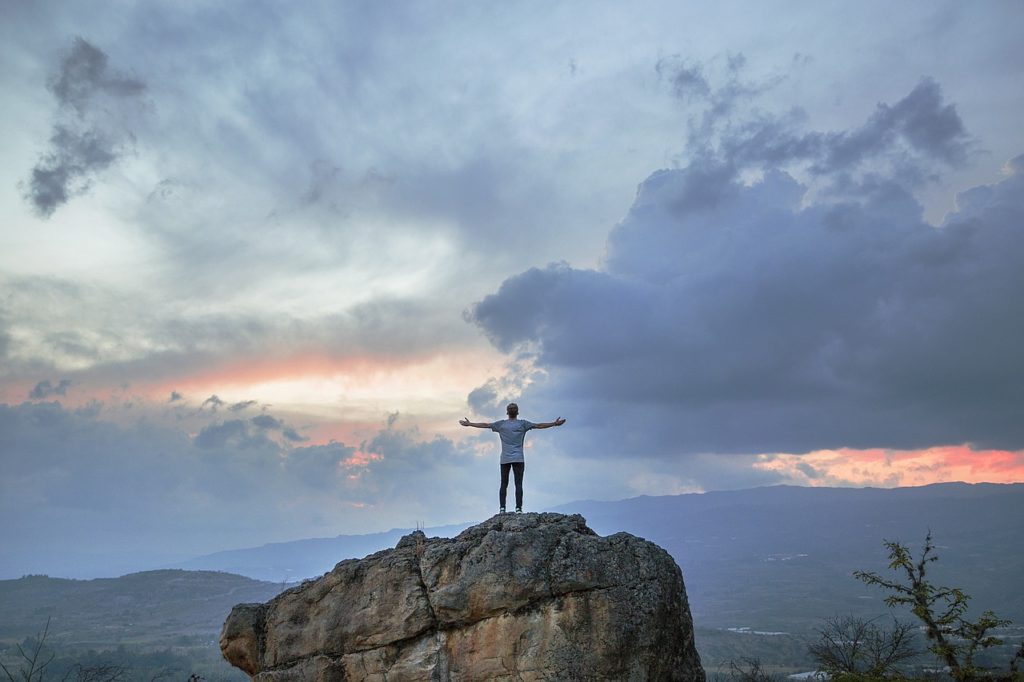
While the phrase “know your limit, play within it” is more associated with casinos, it is as much a gamble to venture into the remote areas of our world both physically, mentally, and emotionally. I believe truly that Mother Nature is a great equalizer. She is neither a nurturing mother figure or a women scorned by the injustices done to her. She does not care if it’s your birthday and you want to have a picnic, she will send the rain regardless. No mosquito, steep uphill climb, or mud puddle is placed to spite you, but it can certainly take a toll on you.
That being said, it’s important to realistically look at what you are capable of. While you can run a half-marathon on less than a month’s training—and I regrettably have—it will not be the experience it could’ve been if you’d been more physically prepared. Even if you’re an avid walker or jogger that goes out daily for 5km or more, that’s still likely on paved roads and without heavy backpacks. Even the most physically fit individuals could struggle on an overnight backpacking trail if they’re not used to rocky, hilly terrain while carrying sixty plus pounds on their back.
The strain isn’t just physical however. While backpacking with my sister, I can recall at least two times I was a hair width away from a mental breakdown, or at least a toddler-like tantrum despite me being overall very happy with the experience. Just like when trying to get in a routine of healthy eating or regular exercise, the challenge is 90% willpower. I firmly believe that anyone, regardless of ability, can enjoy nature, but if you can’t stand flies and can’t go more than a day without Wi-Fi, undertaking trips into the backcountry may not be for you, at least not yet. There is hope however, because the mind is as much a muscle as triceps or quadriceps, and can be trained.
While packing your backpack or even before that, when your brain suddenly pops with the idea to go on an outdoor adventure, the next thing you should be thinking about is if you can realistically do it safely and comfortably, and if you can’t and still want to do it, figure out how you can work towards becoming the person who can accomplish their goals. This isn’t an admonishment to push yourself in every essence, but realize that you can’t throw in the towel when your 15 km into the backcountry and it’s starting to get dark. Making even cursory attempts of wearing your new hiking boots for a week to work before testing their merits on the trail or going for short walks with a weighted backpack can give you more of an idea of what to expect.
Be…
Prepared
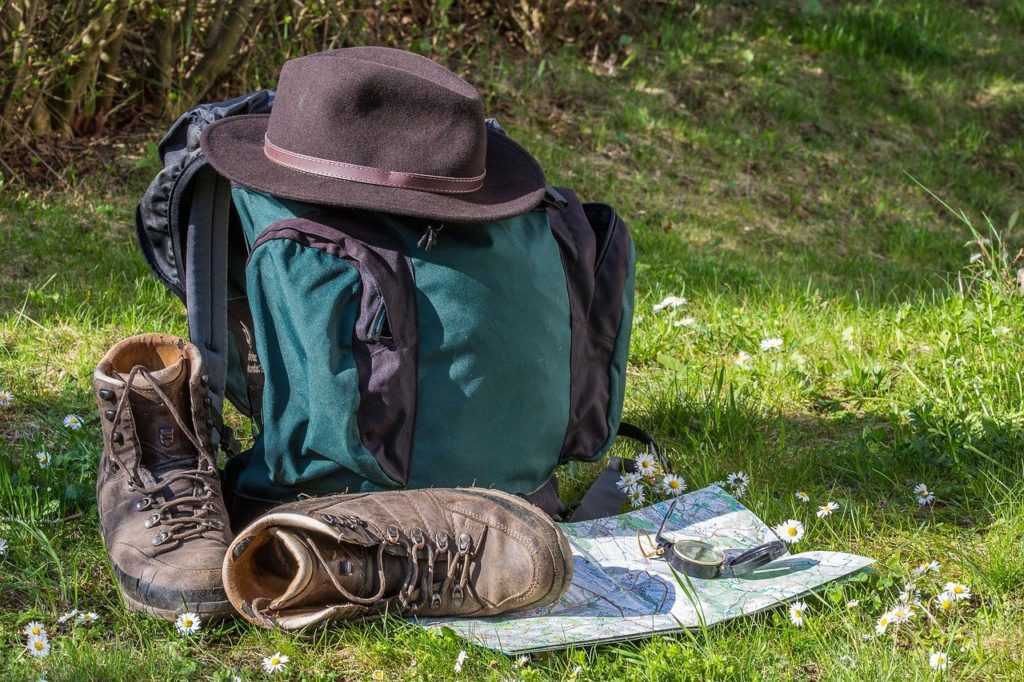
I know I know, but the reason the boy scouts have persisted so long is because in at least this instance, they know what they’re talking about. There’s as many reasons to hike, camp, and backpack as there are people. Some people want to push themselves physically, some are looking for an escape from their troubles, some just want some damn peace and quiet. Whatever reasons you have for wanting to disappear into rugged, remote land, there’s just as much effort that needs to be put into the equipment, food, water, and clothing you bring as you spend hiking the trail or setting up camp. There are some universal items that I’m sure everyone thinks to bring: a compass, map, tent, backpack, camping stove, etc., but all that will be for naught if you don’t know how to use them. A compass may look deceptively simple to use, but you could be one YouTube How-to video away from being able to stay level-headed in a crisis or not.
Even if you’re not traveling to immensely different biospheres, thought needs to be taken. Take Algonquin Park vs. the Tobermory area for example. I’ve hiked a majority of Algonquin’s interpretive trails, and, as mentioned before, I’ve gone on the Western Uplands Backpacking trail three times. I don’t have an as extensive experience with the Bruce Peninsula trail, but did get the privilege to walk some of it. Despite the fact that Algonquin and Tobermory are only a 403 km drive from each other—a short distance in the grand scheme of Ontario as a whole—hiking in them were immensely different experiences, and I’m not just talking about different flora and fauna. In Algonquin, you frequently meet toads, chipmunks, squirrels, and depending on the time of year, you may meet loons or hear wolves. Bears are common at both, but I’ve only ever seen a Black Bear near campsites. One thing that distinguishes The Bruce from Algonquin backpacking trails is the Eastern Massasauga Rattlesnake, which is poisonous, and we did meet one on the one section we hiked. The Western Uplands Backpacking trail is much less well maintained than the Bruce, at least in the area we hiked. This could perhaps be due to the fact the Western Uplands Trail is a contained loop and much shorter than the Bruce. Both trails offered a lot of ups and downs that caused calf muscles to burn and chests to heave, but at one point, we had to do some light rock-scaling on the Bruce. We also ran into a lot more sheer cliff sides on the Bruce with a lot less room to negotiate. Even the lakes and beaches on offer are immensely different. While I haven’t run across much extensive beachfront on the Western Uplands Trail where I’ve hiked, there are some areas of brown sand where you can access the lakes where the water is chilly, muddy, and you’ll be on the lookout for leeches. The Bruce trail starts in Queenston near Niagara Falls and Lake Ontario and ends at the tip of the Bruce Peninsula that rests between Lake Huron and Georgian Bay, and while I can’t speak for its entire length (yet), the beaches on Georgian Bay are a sight to behold. There is no sand, only white pebbles, and the water is crystal clear, and isn’t just cold, but gasp-as-soon-as-you-jump-in cold. Even looking at this quick blurb, you can see that different equipment and resources would be available for the would-be hiker. While you’re researching the different animals, plants, and landscape changes, make sure to also consider how you may need to adapt to the trail itself.
Considerate
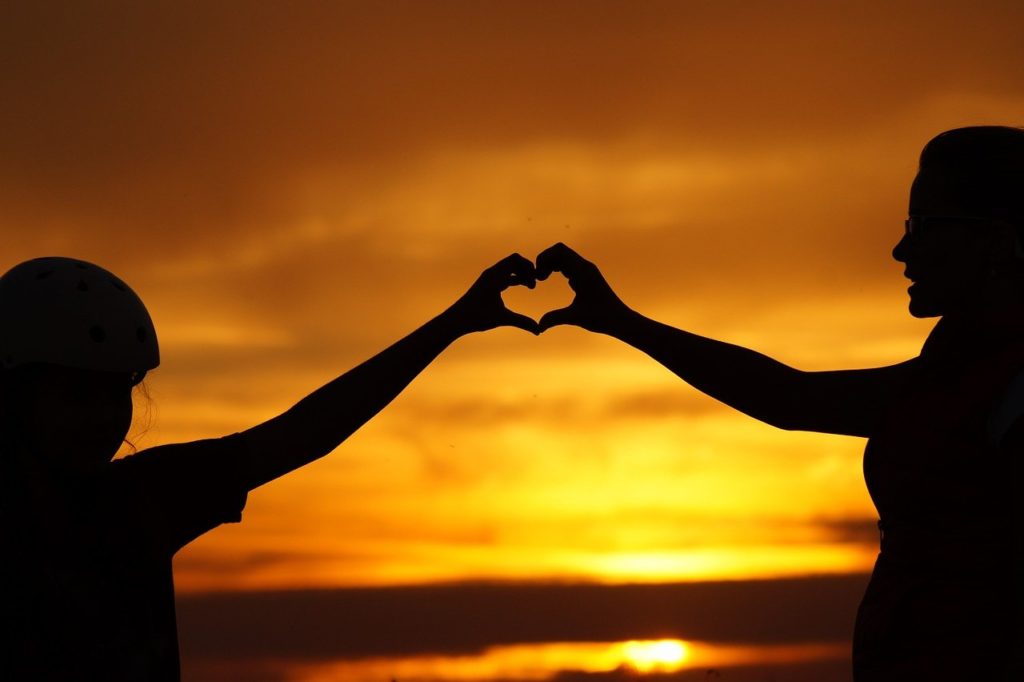
Consider the “leave no trace” policy that every campground I’ve ever been to adheres to. This just doesn’t mean cleaning up after meals, properly locking away or hanging up foodstuffs as to not attract bears, or leaving the campsite in a state as if you’d never been there in the first place. There are little things that you might never even think about, but if no one did, we would have a deeply negative impact on the experiences of the campers that come after you, but more importantly, on the environment. Think about everything you put on yourself at the trailhead: likely you slather on sunscreen, shower on bug spray, or washed your hair or body with soap and shampoo at home before starting. That’s a lot of chemicals that’ll come off into any lake, river, or stream you choose to go swimming in on a whim. This applies more to backcountry camping than drive-in campgrounds, but is worth noting. If everyone that has come the way you did jumped into these small, pristine lakes not only covered in chemicals, not even mentioning how their bodies themselves can carry compounds that can affect that natural balance of a lake, that lake would not remain healthy at all. Going farther down that route, think about what would happen if a hiker hiking, lets say, one of the triple crown trails in the United States (think the Appalachian Trail, The Pacific Crest Trail, or the Continental Divide Trail) just popped a squat in the middle of the trail, washed their filthy clothing and dishes directly in water sources, or peed into them. Thousands, if not millions of people visit those trails every year. Could you imagine what it would be like to be walking down a beautiful wilderness trail and see several small piles of feces with crumpled up TP dotting the landscape, or how you would feel if you were refilling your water filter in a stream, only to look up and see some ass-hat letting lose his own stream just upstream of you? It’s selfish to think about how your individual impact is small and doesn’t matter, when in fact it does. You can’t claim to be a nature lover and then conduct yourself in a manner that actively defiles and destroys the environment, especially when the remedies to these situations are so simple.
In terms of personal hygiene, I’m not saying you can’t go swimming in lakes and rivers, it’d be hypocritical of me to say so, but make sure to rinse off away from any water source first. Same goes for washing clothes or dishes. Scoop out water that you need, and wash whatever you need to at least 60 meters (~200 feet or 70 paces) from any water source. Throw out filthy water not into any water sources, but either by straining out all possible leftover food and packing it out (important especially in bear country), digging a hole to put the dirty water in, or spreading it over a wide area in multiple directions (Team). This 70-pace rule can apply to rinsing off your own body or answering a decidedly different call to nature. Plan ahead and don’t wait for the last minute when walking on-trail, because you’ll need to walk into the woods for a bit not only to find privacy, but also to dig a small hole if you’re doing a #2. Make sure to cover it up with dirt and leaves. Yes, a poop shovel is a thing. Make sure to keep it at the ready. Now that you’ve kept your distance from water sources and the trail, try to stick to biodegradable soaps and wipes. Most important is probably to use facilities that are available to you. In the backcountry of Algonquin Park, there are small wooden boxes with a hinged lid on top that act as privies. I’ll admit that they aren’t the most pleasant things to use in existence, but your individual comfort isn’t more important than the health and well-being of the environment around you, and if you think it is, get a new hobby. This goes for campfire pits and designated campsites as well. You are not a pioneer, and you don’t get to bush-craft your way through the land like a bull in a China shop just so can feel more “immersed.” If I ever see some stranger going at a tree with an axe when there is plenty of fallen and dead tree branches around, I will go off. Algonquin Park even as a bottle and can ban in the backcountry, meaning that if it isn’t able to be burned and isn’t specifically made for repeated use, don’t take it (The Friends of Algonquin Park). It is important to note that anything that is trash that you can’t burn safely will have to be carried out, so it’s just better for you in general to bring burnable or reusable containers anyway. I’ve heard that this can extend to packing out used toilet paper and feminine hygiene products in some places where decomposition doesn’t happen as fast, so be prepared to do that. As mentioned above in talking about the “law and lay of the land,” you could very well accrue fines for not being considerate of the environment around you, so taking the steps to leave no trace not only keeps the place pristine for your return, but also making things easier on yourself.
Polite
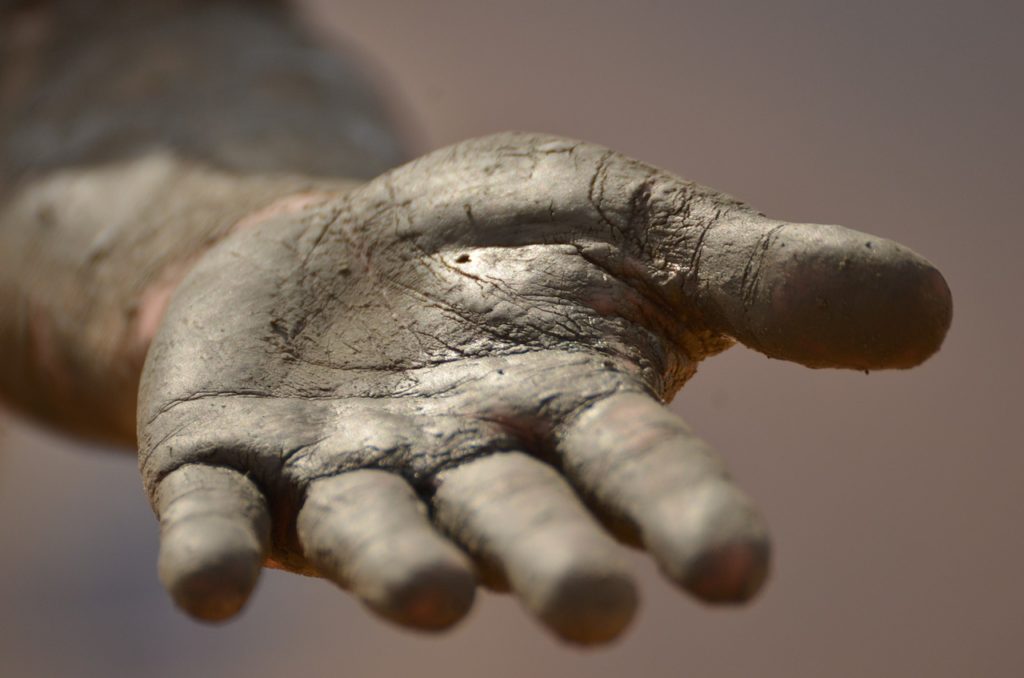
A lot of things I’ve already said would seem like common sense to a veteran camper, but like adages involving rotten eggs and bad seeds go, even one unprepared, inconsiderate, or impolite camper can spoil it for everyone else in their group or anyone to follow. After you researched the rules and regulations of the park you might be visiting as well as the potential hazards in the landscape, flora and fauna, realistically considered your personal limitations physically and mentally, gathered and tested your equipment, and taken into account the leave no trace policy, it time to consider your fellow man. They want to explore and enjoy the environment just as much as you do, and while following the above advice goes a long way to respecting your fellow campers and hikers, it’s important to note how well sound can carry through the woods, especially at night. Maybe leave the ukulele for the daytime, and maybe don’t howl out the moon? Do even know the right way to do that? The right time of year? Come on now, you’re just going to confuse any wolves if they are out there and turn fellow campers into balls of anxiety. Just because you don’t see people doesn’t mean there isn’t another campsite nearby.
They may said that common sense isn’t common, but as a nature lover or outdoors enthusiast, it will be your most important tool.
Works Cited
Team, MSR. “Keeping It Clean: Backcountry Dishwashing Etiquette.” 5 July 2016. The Submit Register. Web. 14 June 2020.
The Friends of Algonquin Park. “Algonquin Provincial Park Backpacking Trails.” Offical Algonqiun Provcincial Park Map. The Friends of Algonquin Park, 2014-2015. Print.
